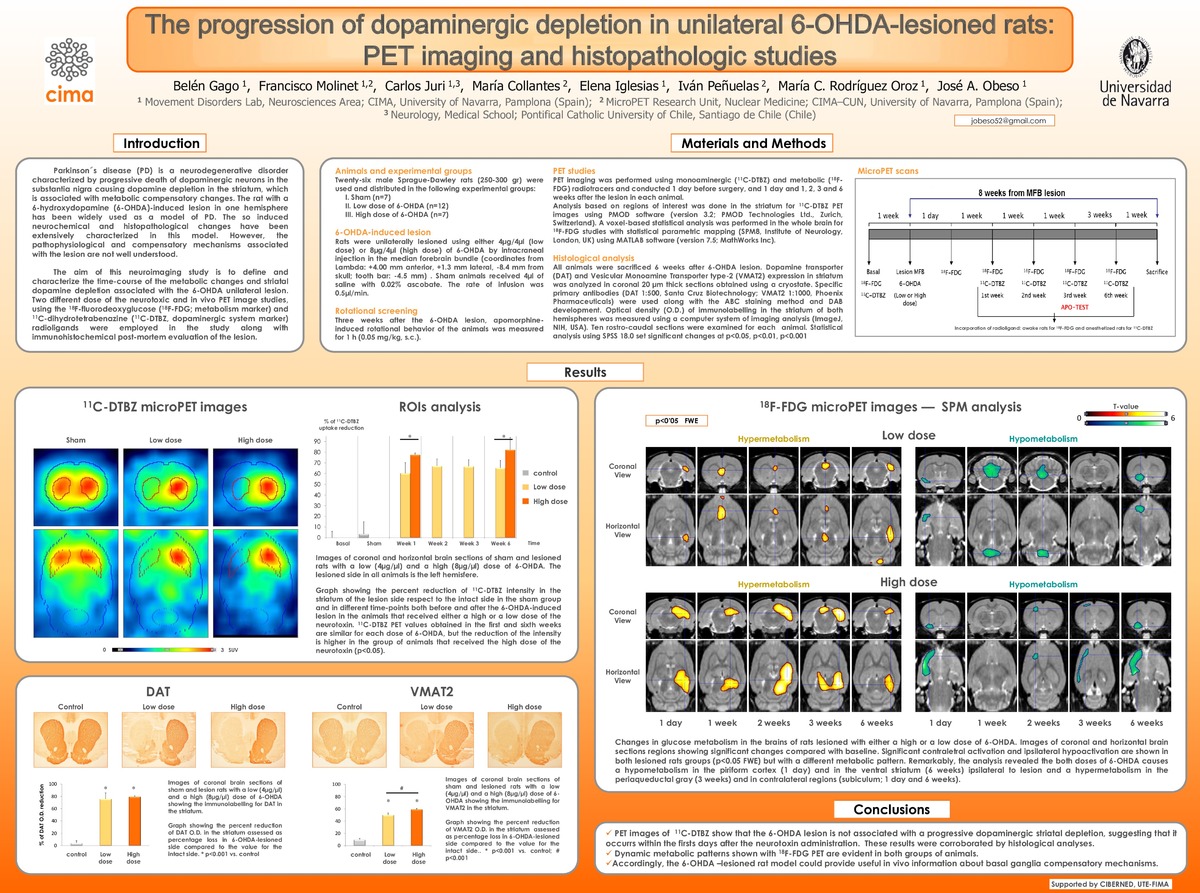The progression of dopaminergic depletion in unilateral 6-OHDA-lesioned rats: PET imaging and histopathologic studies. | 8th FENS Forum of Neuroscience (14-18 July 2012. Barcelona, Spain)
Files in This Item:
Statistics and impact
Items in Dadun are protected by copyright, with all rights reserved, unless otherwise indicated.










